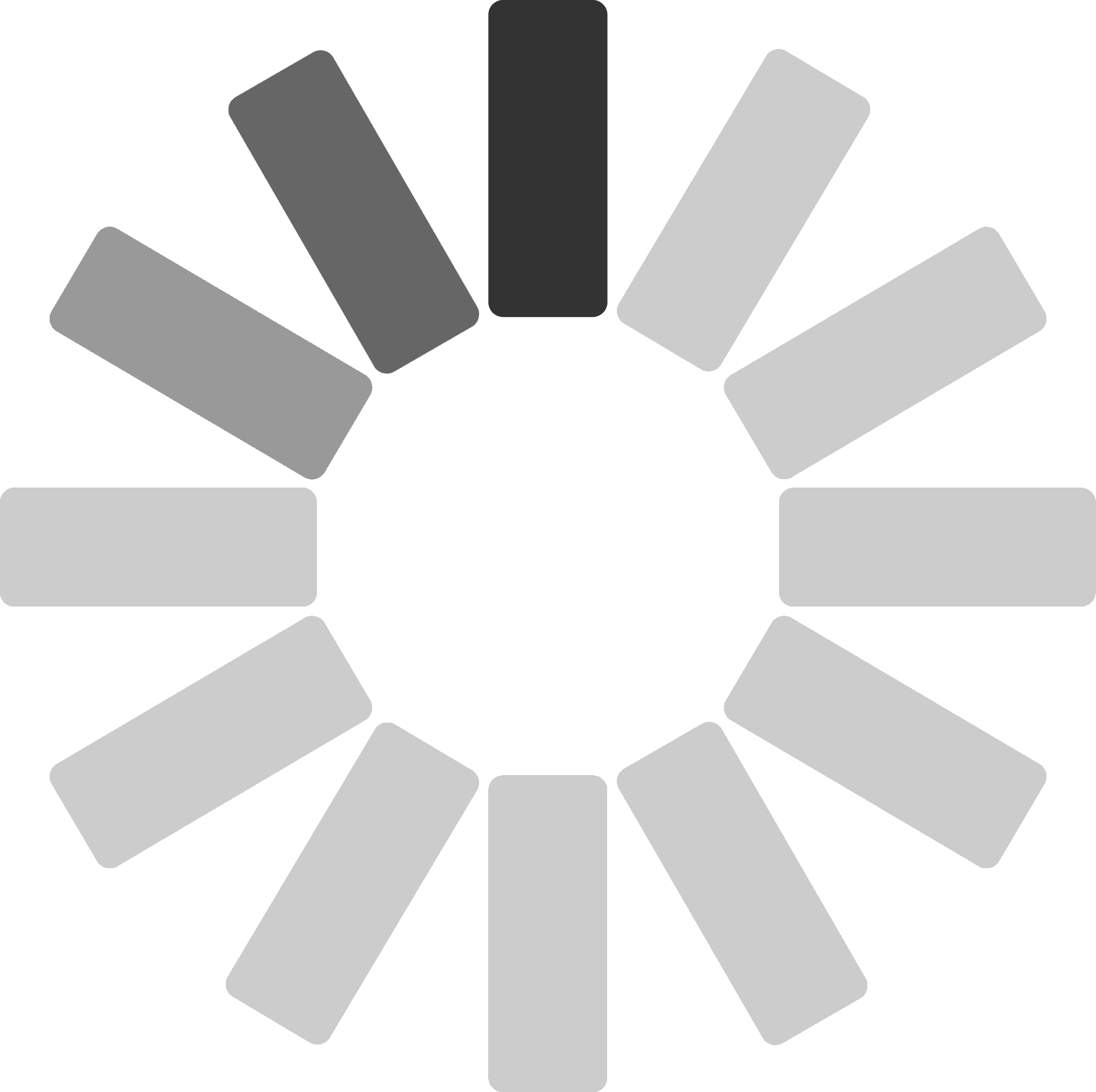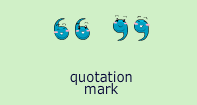- HOME
- GAMES
- PUNCTUATION
- QUOTATION MARKS
Change Avatar
Quotation Marks
Quotation Marks
Quotation Marks show us which words are part of a conversation or something that someone has said. They show when someone is talking. Quotation marks work in pairs - they are used at the beginning and the end of a quote to separate it from the rest of the writing. You might hear them go by two other names: quotes or inverted commas.
Rules for using the Quotation Marks
"I will go to the store," she said.
(Direct quote enclosed in quotation marks.)
I replied, "I will join you!"
(Direct quote enclosed in quotation marks.)
Matthew told his mother, "I love spending time with you!"
(Direct quote enclosed in quotation marks.)
She said, "I finished my homework."
("Said" is followed by a comma before the quote.)
Mom asked, "Did you clean your room?"
("Asked" is followed by a comma before the quote.)
Mrs. Smith exclaimed, "It's time for a pop quiz!"
("Exclaimed" is followed by a comma before the quote.)
"The story starts in a cold, dark, scary forest," said the storyteller.
(Commas within the quote remain in the quote.)
"Look out! It's a tornado!" shouted Dorothy.
(Exclamation points within the quote remain in the quote.)
Stephen asked, "Do you know the way to the beach? I'm lost."
(Question mark and period within the quote remain in the quote.)
I watched "Finding Nemo" with my sister.
(Film title - use quotation marks)
My favorite book is "How the Grinch Stole Christmas."
(Book title - use quotation marks)
"Gone with the Wind" is both a book and a movie.
(Book/film title - use quotation marks)
He asked, "Would you like to read 'Where the Wild Things Are'?" (Book title inside a quote - use single quotation marks inside double quotation marks)
Billy said, "I asked my mom, and she said,'No'" (Quotation inside a quotation - use single quotation marks inside double quotation marks)
"He proposed and I said, 'Yes!'" exclaimed Sarah. (Quotation inside a quotation - use single quotation marks inside double quotation marks)
The handy chart below helps remember the rules and uses of the quotation marks.
| Name | Punctuation Mark | Usage | Example |
|---|---|---|---|
| Quotation Mark (Inverted Commas) |
double " " single ' ' |
|
|




